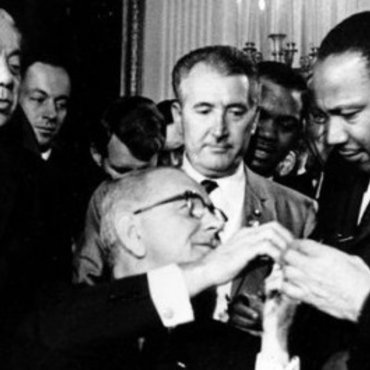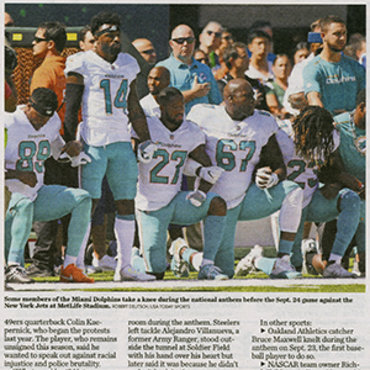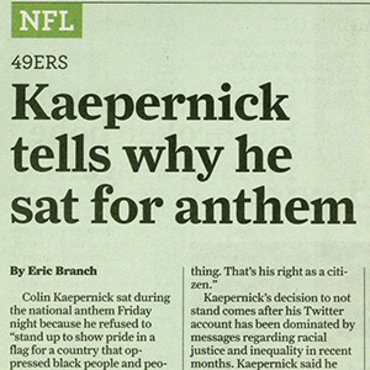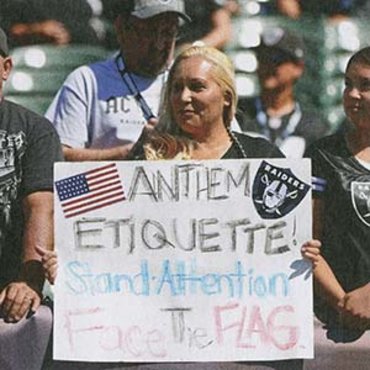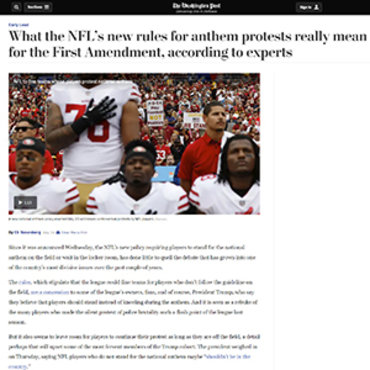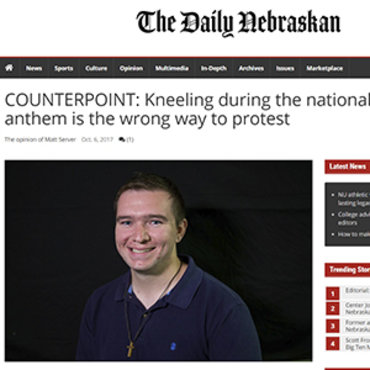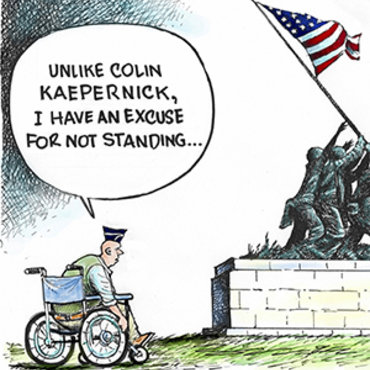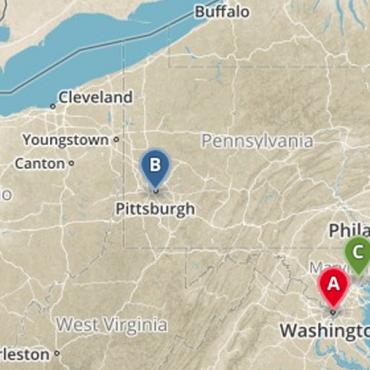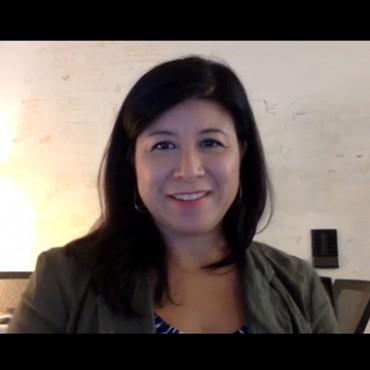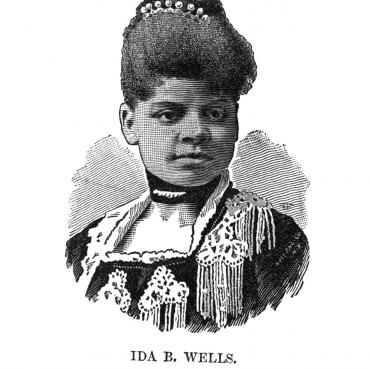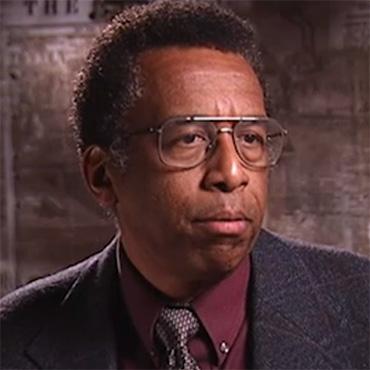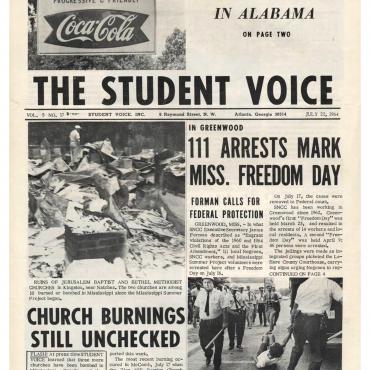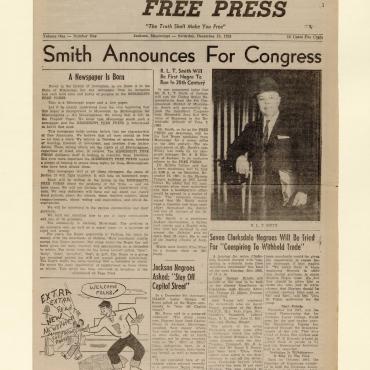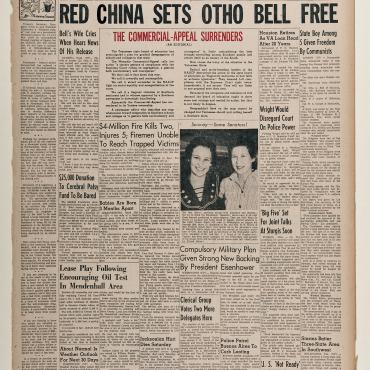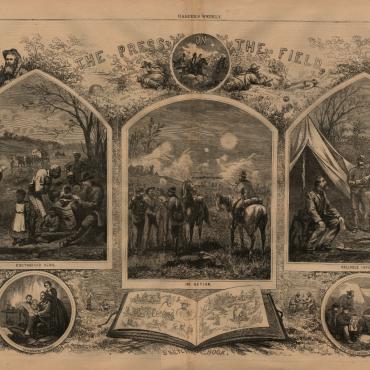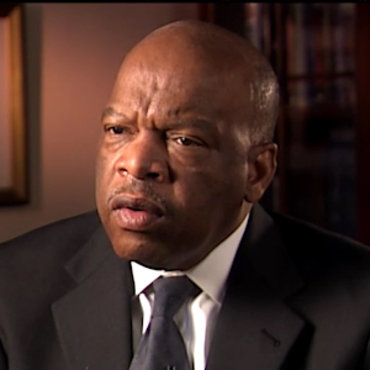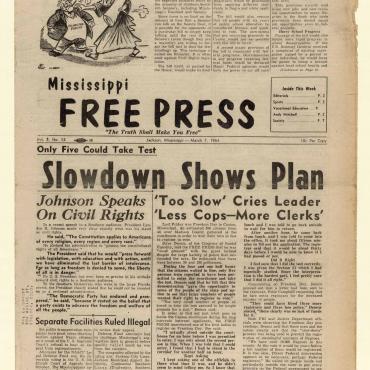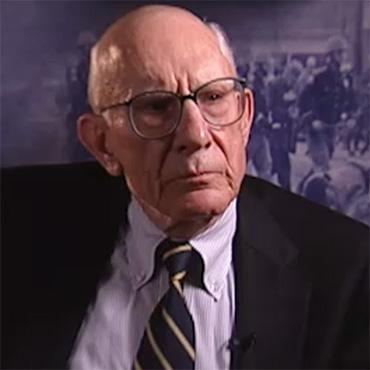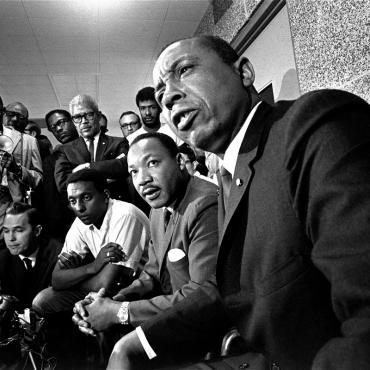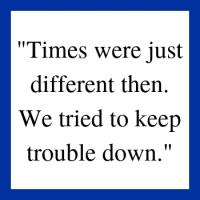
Civil Rights News Coverage: Looking Back at Bias
See how two Southern newspapers publicly re-examined their coverage of the civil rights movement in the 1950s and 1960s.
Get even more great free content!
This content contains copyrighted material that requires a free NewseumED account.
Registration is fast, easy, and comes with 100% free access to our vast collection of videos, artifacts, interactive content, and more.
NewseumED is provided as a free educational resource and contains copyrighted material. Registration is required for full access. Signing up is simple and free.
With a free NewseumED account, you can:
- Watch timely and informative videos
- Access expertly crafted lesson plans
- Download an array of classroom resources
- and much more!
- Civil Rights
- Current Events
- Journalism
- 6-12
- Tell students that in 2004, the Lexington (Ky.) Herald-Leader issued an apology for its failure to adequately cover the civil rights movement. In 2000, The Jackson (Tenn.) Sun published a series of articles on the civil rights movement in Jackson. It also has created an online resource that chronicles the events in Jackson in the 1950s and 1960s.
- Note: You may wish to have your students conduct additional research on the civil rights movement using the Sun’s resource: http://orig.jacksonsun.com/civilrights
- Distribute copies of the articles and worksheet. Give students time to read them and complete the worksheet.
- Articles about the Lexington (Ky.) Herald-Leader and The Jackson (Tenn.) Sun (download), one per student.
- Coverage Now of Coverage Then worksheet (download), one per student.
Review their answers. Ask students: What role do editors today have for others’ errors or bad judgment? Possible prompts:
- What are some of the reasons that these two newspapers failed to cover newsworthy events involving civil rights issues in the 1950s and 1960s?
- The Jackson Sun chose to run a series of articles about the civil rights movement and create an online resource. The Lexington Herald-Leader chose to issue an apology for “neglecting to cover the civil rights” movement and analyzed the newspaper’s lack of coverage. Which do you think was a better approach?
- If you were the editor of a paper that had “neglected to cover the civil rights movement,” would you issue an apology? Create an online resource? Or do something altogether different? If so, what and why?
- How do you think the lack of coverage by these two papers may have affected events in these two cities? What is the effect of newsworthy events not being covered by the local newspaper?
-
Common Core State Standards: CCSS.ELA-LITERACY.CCRA.R.1
Read closely to determine what the text says explicitly and to make logical inferences from it; cite specific textual evidence when writing or speaking to support conclusions drawn from the text. -
Common Core State Standards: CCSS.ELA-LITERACY.CCRA.R.9
Analyze how two or more texts address similar themes or topics in order to build knowledge or to compare the approaches the authors take.
-
National Center for History in the Schools: NCHS.Historical Thinking.3
A. Compare and contrast differing sets of ideas. B. Consider multiple perspectives. C. Analyze cause-and-effect relationships and multiple causation, including the importance of the individual, the influence of ideas. D. Draw comparisons across eras and regions in order to define enduring issues. E. Distinguish between unsupported expressions of opinion and informed hypotheses grounded in historical evidence. F. Compare competing historical narratives. G. Challenge arguments of historical inevitability. H. Hold interpretations of history as tentative. I. Evaluate major debates among historians. J. Hypothesize the influence of the past. -
National Center for History in the Schools: NCHS.US History.Era 9
Standard 1: The economic boom and social transformation of postwar United States Standard 2: How the Cold War and conflicts in Korea and Vietnam influenced domestic and international politics Standard 3: Domestic policies after World War II Standard 4: The struggle for racial and gender equality and for the extension of civil liberties -
National Center for History in the Schools: NCHS.US History.Era 10
Standard 1: Recent developments in foreign policy and domestic politics Standard 2: Economic, social, and cultural developments in contemporary United States















